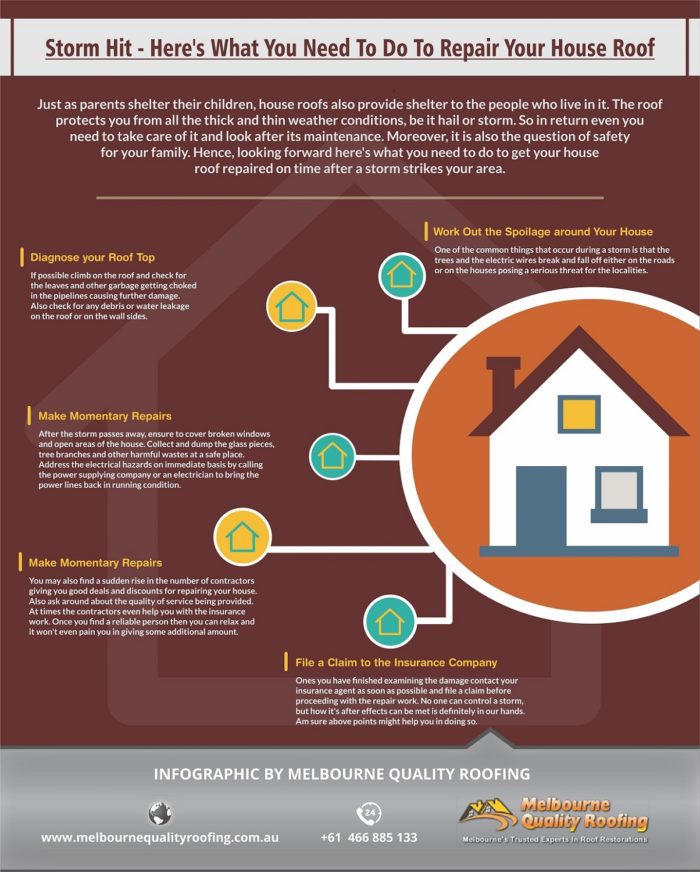Exactly How Weather Condition Impacts Roofing System Installment: Ideal Seasons And Issues For An Effective Task
Exactly How Weather Condition Impacts Roofing System Installment: Ideal Seasons And Issues For An Effective Task
Blog Article
Writer-Johannesen Drachmann
When it involves roof covering installations, the weather can make or damage the task. Imagine the frustration of taking care of materials that won't cooperate due to extreme warmth or battling unsafe surface areas caused by unanticipated rain. Understanding the influence of weather on your roof project is vital for an effective result. So, allow's explore how different climate aspects can affect the high quality and resilience of your roof covering installation, making sure a job well done.
Effect of Temperature on Roof Covering Installment
When it concerns roof setup, temperature plays a vital role at the same time. The ideal temperature level for roofing jobs typically falls in between 45 and 85 degrees Fahrenheit. Extreme warm can create products like roof shingles to come to be too pliable, bring about potential damage throughout setup. On the other hand, cold temperatures can make materials weak and prone to breaking. It is very important to arrange roof installations throughout moderate temperatures to guarantee the very best result.
Throughout chillier weather condition, professionals may require to take extra preventative measures such as utilizing heated equipment or allowing products to warm up prior to setup.
In contrast, heat may require work to be done earlier or later on in the day to prevent the peak temperature levels. By thinking about the temperature level and its impacts on roofing materials, you can assist ensure a successful installation that will certainly withstand the aspects for many years to find.
Impact of Rainfall on Roofing Projects
Roof covering tasks can be substantially affected by precipitation, affecting both the timeline and the quality of the installation. Rainfall or snow can produce unsafe conditions, making it unsafe for roofers to work with a wet surface. Furthermore, wetness can jeopardize the attachment of materials like tiles or underlayment, resulting in potential leaks or damages in the future.
If it rainfalls during a roofing task, the water can permeate into susceptible areas, causing hold-ups as the installment staff should wait for the roof covering to completely dry before continuing. Extreme moisture can also promote the development of mold and mildew, more jeopardizing the integrity of the roof covering.
To stay clear of these problems, it's advised to arrange roof tasks throughout drier periods or monitor the weather forecast very closely to intend around any prospective rainstorms. By taking precautions to operate in beneficial climate condition, you can guarantee a smoother and a lot more effective roofing system installation process.
Influence of Wind Speed on Installment Success
During roofing setup, the rate of the wind plays a crucial role in figuring out the success of the task. High wind rates can posture substantial obstacles to contractors, potentially resulting in safety risks and high quality issues. When wind speeds exceed recommended limits, it comes to be challenging to handle products, increasing the threat of mishaps and damage to the roofing products. Strong gusts can also influence the accuracy of dimensions and the accuracy needed for appropriate installation.
To make sure a successful roof covering installation, it's essential to keep track of and take into consideration wind rates. Ideally, siding company san antonio covering installation should occur on days with low to moderate wind rates. This not only improves the security of the employees yet additionally enhances the total high quality of the installation.
Roofing jobs set up throughout calm climate condition are most likely to be finished efficiently and with less errors. By taking note of wind rate projections and intending accordingly, you can help make certain a smooth and effective roof covering installation process.
related webpage , when it concerns roof covering installation, keep in mind to consider the weather conditions to make certain an effective work. Optimal temperatures, completely dry problems, and moderate wind rates are vital factors to prioritize for a smooth installation procedure. By arranging your project during the best periods and perfect climate condition, you can attain a durable and durable roof covering that will protect your home for several years to find.
